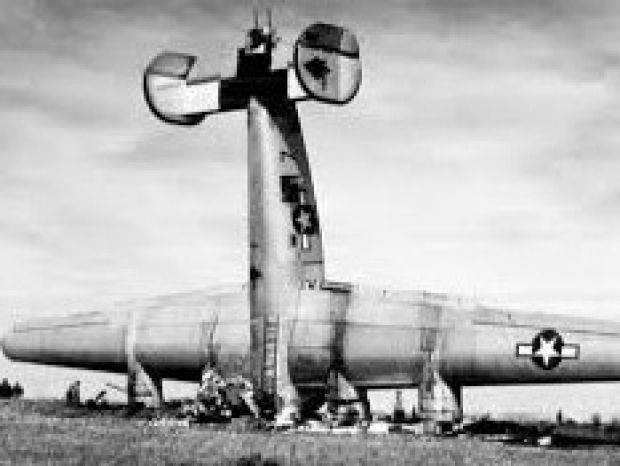A passenger's online video shows a hole in the side of the plane, where a window should have been, exposing passengers to the outside air. The video, taken from a few rows back, shows oxygen masks hanging down and two people sitting near the hole.
The plane "landed safely back at Portland International Airport with 171 guests and six crew members," the airline said... The flight was in the air for about 20 minutes, according to FlightAware.
"There was a loud bang at the back of the plane and a whoosh noise," one passenger told a local news station - and then "all of the masks dropped."
Another passenger, Elizabeth Lee, said that part of the plane was missing and the wind was extremely loud. But everyone was in their seats and had their belt on."
Jessica Montoia called the flight a "trip from hell" and said the wind blew a phone out of a man's hand - which we guess meant he had to chat with his neighbour.
The FAA said the planes must be parked until checked, which will "take around four to eight hours per plane."
"The FAA is demanding immediate inspections of some Boeing 737 MAX 9 planes before they can fly again,"
FAA boss Mike Whitaker said on Saturday. "Safety will keep driving our decisions as we help the (National Transportation Safety Board's) investigation into Alaska Airlines Flight 1282." The order affects 171 Boeing 737 Max 9 jets.
Boeing said it backed the FAA's grounding decision. "Safety is our top priority, and we are very sorry for the impact this event has had on our customers and their passengers," Boeing said.
But this seems odd as Boeing has kept trying to dodge safety rules. In December, the FAA published a Boeing request to be exempt from crucial safety standards on the 737 MAX 7 - the smallest and not-yet-approved member of Boeing's newest jet family.
Since August, older models of the MAX flying passengers in the U.S. have had to limit the use of the jet's engine anti-ice system after Boeing found a fault in the system that could be deadly.
The fault could make the front end of the pod around the engine - called a nacelle - break and fall off.
In an August warning, the FAA said that bits from such a break-up could go through the plane, putting passengers sitting at windows behind the wings in danger, and could damage the wing or tail of the aircraft, "which could make the plane lose control."
Dennis Tajer, a spokesperson for the Allied Pilots Association, the union for 15,000 American Airlines pilots, said the fault in the engine anti-ice system has "worried us a lot."
He said the pilot procedure the FAA approved as a temporary fix - telling pilots to turn off the system when there is no ice to avoid overheating that in five minutes could wreck the nacelle - is not good enough given the severe risk.
"You get our attention when you say people might die. We don't want to see exemptions and shortcuts that depend on human memory. There's got to be a better way."
In its plea to the FAA, Boeing argues the break-up of the engine nacelle is "very unlikely" and that an exemption will not cut safety.
"The 737 MAX has been flying since 2017 and has done over 6.5 million flight hours. In that time, there have been no cases of bits falling off planes because of the engine nacelle inlet structure overheating," the document says.




